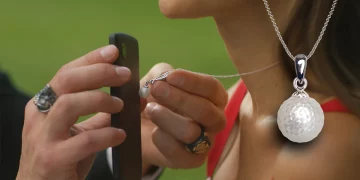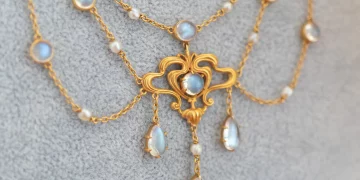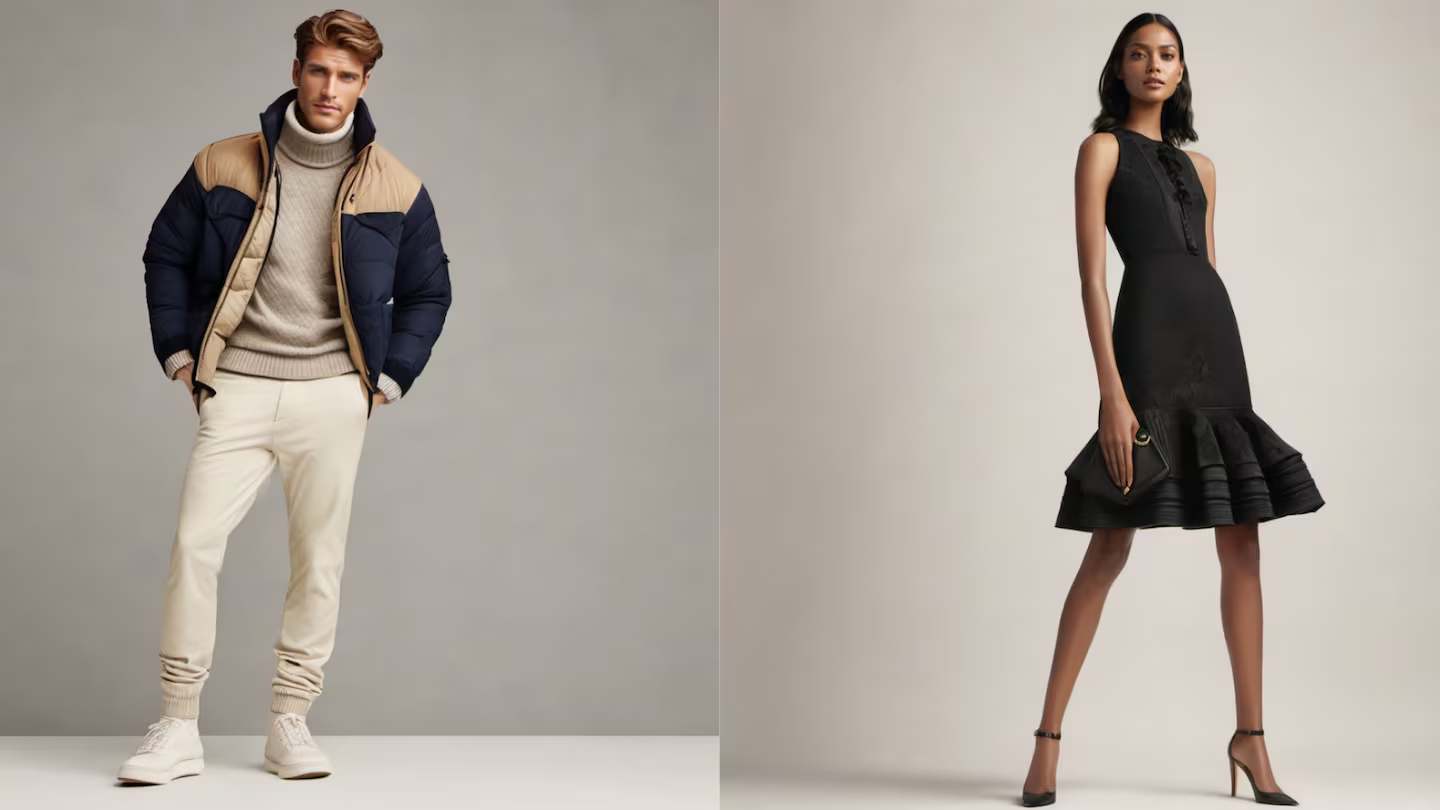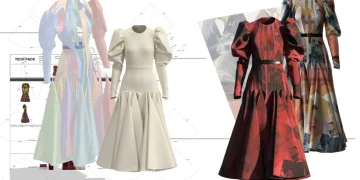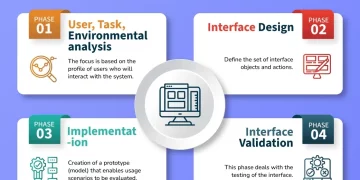The jewelry industry has always been one of the most innovative when it comes to combining artistry, craftsmanship, and luxury. However, as consumer tastes evolve and new materials and technologies emerge, the very foundation of jewelry design is being redefined. Looking ahead to 2025, we are poised to witness a radical departure from traditional aesthetics as both emerging designers and legacy brands embrace new forms, sustainable practices, and interactive experiences in their designs.
In this article, we will explore how jewelry design is poised to break the mold in 2025, disrupting traditional beauty standards and challenging conventional design principles. We will dive into the latest trends that promise to reshape the industry and reflect a growing demand for innovation, personalization, and sustainability. Will these trends mark the end of classic jewelry design or the beginning of a new era in luxury adornment?
1. Breaking Free from Tradition: A Shift in Aesthetic Boundaries
The most obvious trend to emerge in the 2025 jewelry scene is a breakdown of traditional boundaries in jewelry design. For decades, jewelry has been defined by strict guidelines—precious metals, classic shapes, and timeless designs like the diamond solitaire ring, gold chains, and pearl necklaces. But as tastes have evolved, so too have the definitions of what constitutes beauty in jewelry.
1.1 Fluidity and Organic Forms
In the past, jewelry was often defined by rigid shapes, geometrical precision, and repetitive motifs. However, as consumers have become more interested in organic, fluid, and asymmetrical designs, we are seeing a move towards more freestyle and sculptural pieces. Jewelry is becoming a form of wearable art, where the lines between jewelry and fashion blur.
- Asymmetrical designs—where earrings or necklaces deliberately break symmetry—are expected to be a dominant feature in 2025 collections. These pieces reflect the growing consumer desire for individuality, where buyers opt for designs that appear to be handcrafted or fluid, rather than pre-ordained patterns.
- Designers are incorporating biomimicry into their designs, drawing inspiration from natural shapes like waves, flowers, and animal forms. Fluid, natural forms break away from the rigid lines of traditional designs and lend themselves to more dynamic, ever-changing aesthetics.
1.2 Minimalism with a Twist
While minimalist jewelry has been a growing trend over the past few years, 2025 will take this style to new heights by blending simplicity with bold accents. The less is more mantra will evolve to include jewelry pieces that feature clean lines and shapes but incorporate unexpected elements like contrasting textures or unusual gemstones.
For example, a simple gold band might be paired with a large, raw gemstone, or an otherwise unadorned ring could feature a geometric inlay of colored metal or a combination of gemstone cuts. The minimalist movement will become more about creating subtle contrasts that evoke deeper emotion and meaning while still retaining the essence of simplicity.
2. Sustainability and Ethical Innovation: The New Frontier in Jewelry Design
One of the most transformative trends for the jewelry industry in 2025 is the growing emphasis on sustainability and ethical sourcing. As concerns about environmental and social issues rise, consumers are demanding eco-friendly, transparent, and socially responsible practices from the brands they support. This shift is pushing designers to innovate and embrace sustainable practices that challenge traditional notions of luxury.
2.1 Lab-Grown Gemstones and Ethical Metals
The use of lab-grown diamonds and ethically sourced gemstones will continue to gain prominence in 2025. These sustainable alternatives offer the same beauty and durability as mined gems but come with the added benefits of being more environmentally responsible and conflict-free.
- Lab-grown diamonds are already becoming a mainstream choice, and by 2025, they will be an integral part of many luxury jewelry collections. The shift toward these eco-conscious options will challenge the perception that only mined diamonds hold value and prestige.
- Similarly, the use of recycled metals—gold, silver, platinum—will be a key feature in the design of 2025 jewelry pieces. By using repurposed materials, designers will be able to reduce the environmental impact of mining and promote a circular economy in the jewelry industry.
2.2 Ethical Design and Transparency
The transparency movement will continue to disrupt traditional jewelry aesthetics. Consumers in 2025 will demand that designers disclose the origin of their materials, supply chain practices, and labor standards. Jewelry will be seen as an extension of ethical consumerism, and those who don’t meet these expectations will likely be left behind.
- Brands that are certified Fairmined or adhere to the Kimberley Process will be highly sought after by conscientious buyers. As these ethical concerns grow, traceability in jewelry supply chains will become increasingly important, leading to the emergence of new standards for ethical luxury.
3. The Digital and Technological Revolution: Virtual and Augmented Jewelry
The impact of technology on jewelry design is becoming increasingly apparent, and by 2025, digital innovations are expected to further transform the industry. Augmented reality (AR), 3D printing, and virtual try-ons will be integral to how consumers interact with jewelry, blurring the lines between the physical and virtual worlds.
3.1 Virtual Jewelry: The New Digital Accessory
As virtual reality (VR) and augmented reality (AR) technologies advance, digital jewelry will emerge as a new category of luxury adornment. Virtual jewelry allows consumers to wear high-end pieces in virtual environments such as metaverses, gaming platforms, or even on social media.
In 2025, we will likely see virtual jewelry collections designed specifically for avatars, allowing people to express their personal style and social status in virtual spaces. These digital accessories will carry prestige, and brands like Gucci and Balenciaga may lead the way in creating exclusive virtual collections in collaboration with tech companies.
3.2 3D Printing and Customization
3D printing will also redefine how jewelry is designed and produced. In the past, jewelry was produced using traditional methods that involved casting, molding, and handcrafting. In 2025, 3D printing will allow designers to create complex, intricate, and customized pieces that would have been impossible or incredibly expensive to produce using conventional methods.
Consumers will have access to more personalization options, from designing their own pieces from scratch to customizing existing designs. This technology will democratize jewelry design, allowing even those with modest budgets to create high-end, one-of-a-kind pieces.
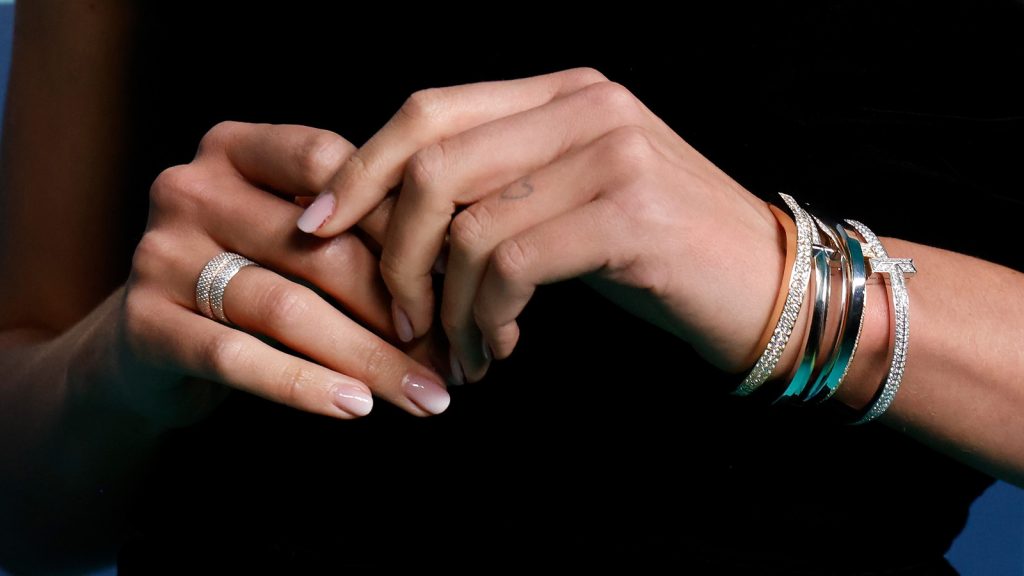
4. Jewelry as Wearable Technology: Merging Function with Fashion
The lines between fashion, jewelry, and technology will blur even further in 2025. Smart jewelry, which has already made waves in the form of fitness trackers, smart rings, and connected bracelets, will likely evolve into more advanced forms, combining luxury design with technological innovation.
4.1 Smart Jewelry with Practical Functions
Jewelry that serves a practical function, such as smart rings with health-tracking features or bracelets with gesture-based controls, will become more prevalent. These pieces will not only offer technological convenience but also be aesthetically designed to maintain their luxury appeal.
For example, a smartwatch could be re-imagined as a luxury bracelet that seamlessly integrates with your daily life. Similarly, diamonds and precious metals could be used to create wearable tech that doesn’t just look stunning but also tracks your health, monitors sleep patterns, or even connects to smart home devices.
5. Conclusion: The Future of Jewelry Design in 2025
Jewelry design in 2025 will be defined by its boldness, innovation, and diversity. As consumer preferences continue to shift toward personalization, sustainability, and technological integration, jewelry will no longer be confined to the traditional molds of precious metals, gemstones, and static designs.
The future will see a breakdown of boundaries as jewelry becomes a dynamic, expressive form of art that transcends the conventional definitions of luxury. From organic forms and ethically sourced materials to smart jewelry and virtual adornments, the jewelry industry in 2025 will challenge not only traditional aesthetics but also cultural norms around what luxury means.
For brands and designers, this shift offers an exciting opportunity to reimagine the role of jewelry in the lives of consumers. As we move forward, the fusion of craftsmanship, technology, and sustainability will create a new jewelry landscape that is as innovative as it is timeless.




